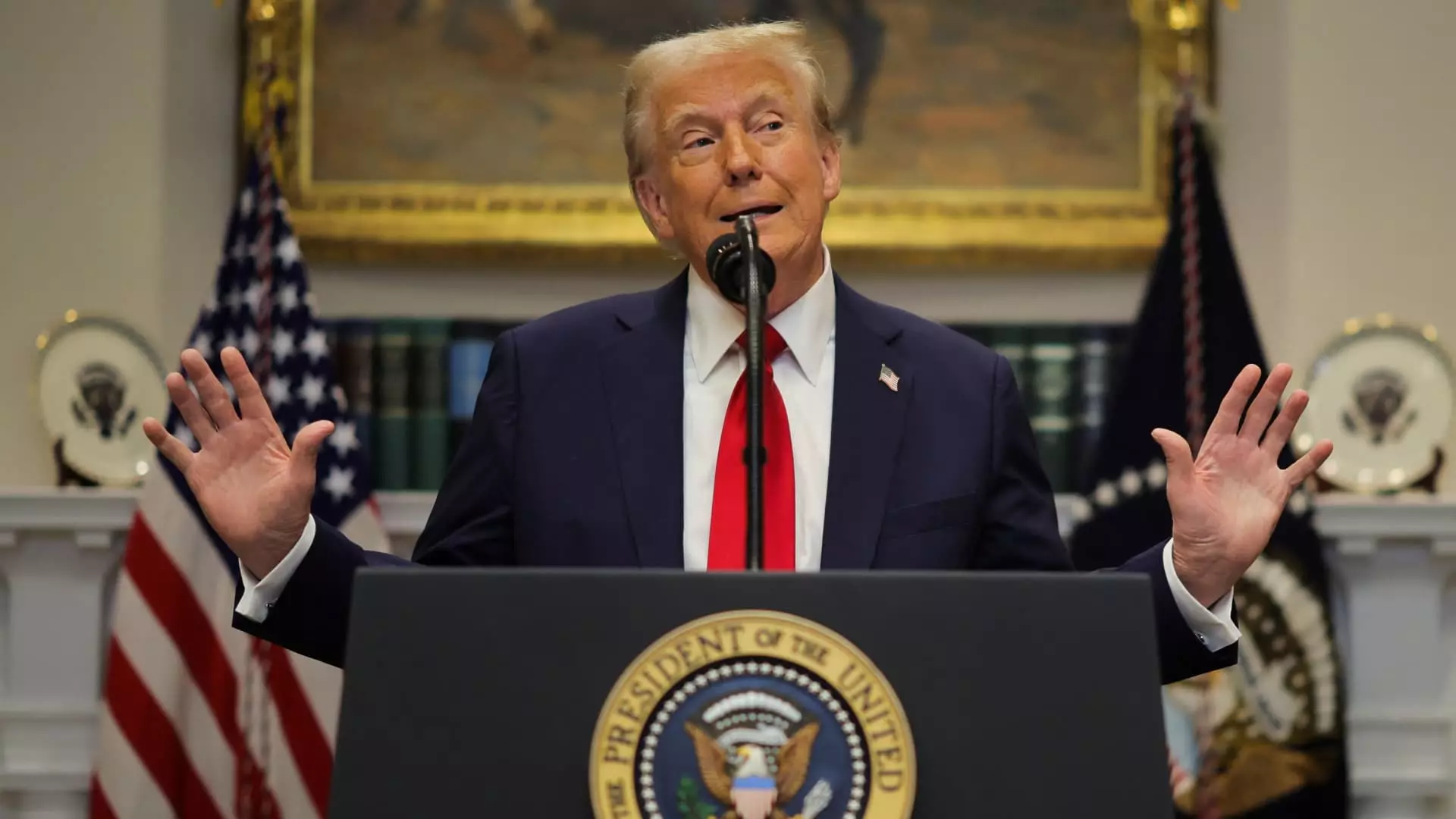As global trade dynamics evolve, the rhetoric surrounding tariffs has become increasingly contentious, particularly under the administration of former President Donald Trump. His recent proposals to impose tariffs on China, as well as on neighboring countries Canada and Mexico, have sparked widespread debate about their implications for the economy, international relations, and domestic welfare. This article aims to dissect and analyze Trump’s tariff proposals, the backgrounds of these decisions, and the potential ramifications on the U.S. and global economies.
At the core of Trump’s discussions regarding a potential 10% tariff on China is a deeply concerning issue: the illicit drug trade, particularly involving fentanyl. This synthetic opioid, responsible for tens of thousands of overdose deaths annually in the U.S., is predominantly manufactured using precursors imported from China and Mexico. Trump has pointed to this crisis as a justification for imposing tariffs, framing them as a necessary measure to combat drug trafficking and protect American lives. While it is indeed crucial to address the opioid epidemic, linking trade tariffs to this public health crisis raises questions about whether economic sanctions are a truly effective way to curb drug trafficking or simply a means to score political points.
This proposed tariff, slated to take effect on February 1, seems an impulsive response to a multifaceted issue, one that requires collaboration rather than antagonism. Trump’s conversations with Chinese President Xi Jinping reflected a desire for cooperation, particularly in diminishing the supply of fentanyl, yet simultaneously threatening tariffs undermines those very diplomatic efforts.
The proposed tariffs have not gone unnoticed in financial markets. Initially, the offshore Chinese yuan experienced a moment of strength against the U.S. dollar. However, as uncertainties surrounding the tariffs loomed, it weakened, illustrating the volatility that such announcements can unleash in the foreign exchange markets. China’s Vice Premier Ding Xuexiang’s comments at the World Economic Forum, where he articulated the importance of international economic cooperation and globalization, juxtapose sharply with Trump’s isolationist tariff policies. This disconnect highlights the broader implications of unilateral tariff impositions and the potential for economic fragmentation in a deeply interconnected world.
According to the Peterson Institute for International Economics, if the proposed tariffs were enacted, both the American and Chinese economies could face significant drawbacks. The anticipated loss in U.S. GDP over four years could reach $55 billion, while China could see a $128 billion decrease. Over time, such trade imbalances may lead to higher consumer prices, disruption of established supply chains, and a potential slowdown in economic growth.
Trump’s rhetoric extends beyond China; he is also considering a substantial 25% tariff on goods from Canada and Mexico, citing immigration issues as a justification. Such a move could jeopardize the North American trade framework, particularly following the USMCA agreement that emphasizes trade relations amongst the three nations. Trump’s approach raises concerns about whether national security issues—such as immigration—should be conflated with trade policies, which traditionally have been employed to regulate economic transactions rather than social issues.
Moreover, while Trump’s past tariffs aimed to bolster U.S. manufacturing by penalizing foreign imports, there is significant evidence that they can lead to retaliation, further worsening trade relations and inflating domestic prices for consumers. The fallout from a trade war could reverberate across North America, impacting jobs and livelihoods, especially in industries heavily reliant on cross-border trade.
Trump’s proposed tariffs present a complex mix of economic theory and political maneuvering. They reflect a tough stance designed to appeal to his political base while simultaneously posing risks to the global economy. Approaching international trade through a lens of protectionism can lead to unintended consequences that harm the very constituents such policies aim to protect.
As politicians and economists alike dissect these developments, it becomes clear that the solutions to multifaceted issues like drug trafficking or immigration require collective international strategies rather than isolated economic sanctions. The path forward necessitates careful navigation of these turbulent waters, with a focus on diplomatic dialogue that prioritizes collaboration and mutual benefit over tariffs and trade wars.


Leave a Reply